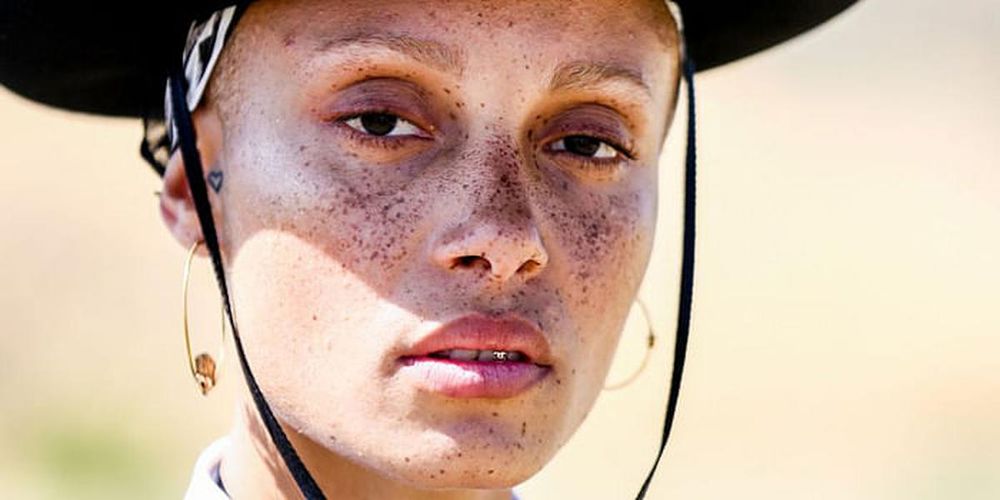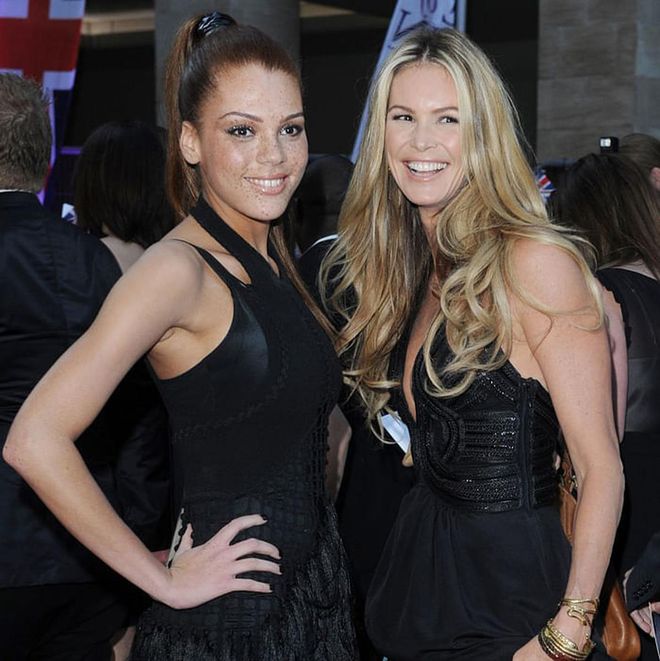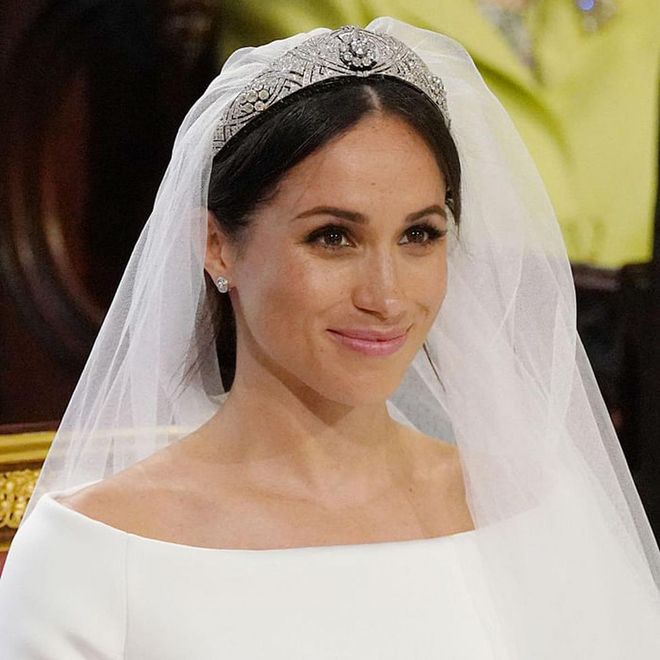Freckles Are Having Their Moment In The Sun, And It’s About Time
Full coverage foundation is out and freckles are in—we look at the rising popularity of this summer’s hottest beauty trend


Photo: Getty
When Jade Burt was growing up, she hated her freckles. She would get called names at school like “freckle face” and “coco pops”. “I used to want to get them lasered off,” she recalls, talking to Harper’s Bazaar. “I just wanted to look like everyone else at that point… I absolutely hated them.”
Throughout her modelling career, Burt's freckles have been as much of an asset as an impairment, her trump card or her undoing, depending on the mood of the casting director in front of her.
Even after Elle Macpherson praised them as “unique” when Burt won Britain's Next Top Model in 2011 (then under her maiden name of Jade Thompson), she says her freckles have still lost her jobs since. “It was something that made me stand out, so if they were looking for something different I would be right, if not it could be a hindrance.”

Photo: Courtesy
The now-28-year-old recalls one particularly “mortifying” casting where she was turned away after being told they wanted a “clear face”. She called her mum afterwards and cried.
“I used to go to castings filled with dread,” she says. “Make-up artists wouldn’t know how to do my make-up and sometimes I’d go away and think a job went well, then I’d see the pictures afterwards and think, ‘Wow, who is that?’ There were no freckles.”
Fast forward a decade, and the wind has changed.

Photo: Getty
Since returning to modelling this year after a short hiatus and a baby, Burt has witnessed first-hand the 180-degree pivot. Rather than being shunned or considered a particular taste, Burt’s distinct look is being celebrated as part of a bigger shift away from cookie-cutter beauty towards diversity.
Walking around London, freckles are now everywhere: an army of dotty faces beaming with camaraderie from billboards and shop windows. Women are flaunting them fearlessly on the street. Social media is suddenly rife with speckled skin. The rules have changed. The goal posts moved.
I would call it a renaissance - except the current popularity feels unprecedented. So, what changed? Like many trends du jour, we appear to owe much of it to the Duchess of Sussex. The rise (and rise) of freckles can be traced back to the royal wedding on May 19, when her barely-there skin make-up, and freckles, took centre stage. And as designers who have dressed the duchess can attest to, the “Meghan Effect” is no joke.

Photo: Getty
More than a year later, freckles are still very much en vogue, with everyone from Hailey Bieber to Ashley Graham posting make-up free selfies on social media, and hashtags like #frecklesfordays and #frecklesgang flooding Instagram.
The message is clear: freckles are now cool.
Though, while frecks might be in fashion, sun damage is still not. What’s the difference? Sometimes it can be difficult to tell. While some freckles, like Burt’s, are genetic blessings, other pigmentation can look similar but is actually caused by accumulated sun exposure. In other words, SPF is always a good idea.
For those born without freckles, the good news is, there are other ways of jumping on the bandwagon anyway. For the brave, this means semi-permanent tattooing - yes, it’s a thing - which, like it says on the tin, involves getting spots tattooed onto your face, and lasts around three years.
While Laura Kay, founder of London-based permanent make-up salon Laura Kay London, frequently gets such requests, she says it’s not something she would ever recommend. She limits her services to “the odd beauty spot” and never more than two or three, as any more could backfire if the pigment fades and merges into an orange-like hue, she warns.
At the less extreme end of the spectrum is faux freckle make-up. Remi Brixton, founder and CEO of freckle cosmetic company Freck, says her company has seen more than 15 times growth over the past year in the UK alone. London is currently their biggest market.
“When Freck launched people were very hesitant about faking their frecks,” she says. “As the brand has become more well known, people are more accepting of the concept - after all, all make-up is enhancing your look however you please, and freckles are no different.”
Despite not having any herself, Brixton has always been obsessed with freckles and as a child, she longed for the product she would eventually go on to create. She says the freckle trend - real or otherwise - essentially comes back to body positivity, which in turn is “leading to lower coverage foundations and CC creams and an overall acceptance of skin texture and flaws”. She adds: “Self acceptance and body positivity is seeping into beauty standards in an impactful way.”
What does Burt think of the faux freckle trend? “It’s quite flattering, really,” she muses. “At least people are saying they like them so much that they want them, too.”
For her though, it’s always been about embracing who you are and, she hopes, inspiring younger generations to do the same. Love the skin you're in, kids.
This article originally appeared on Harper's Bazaar UK.